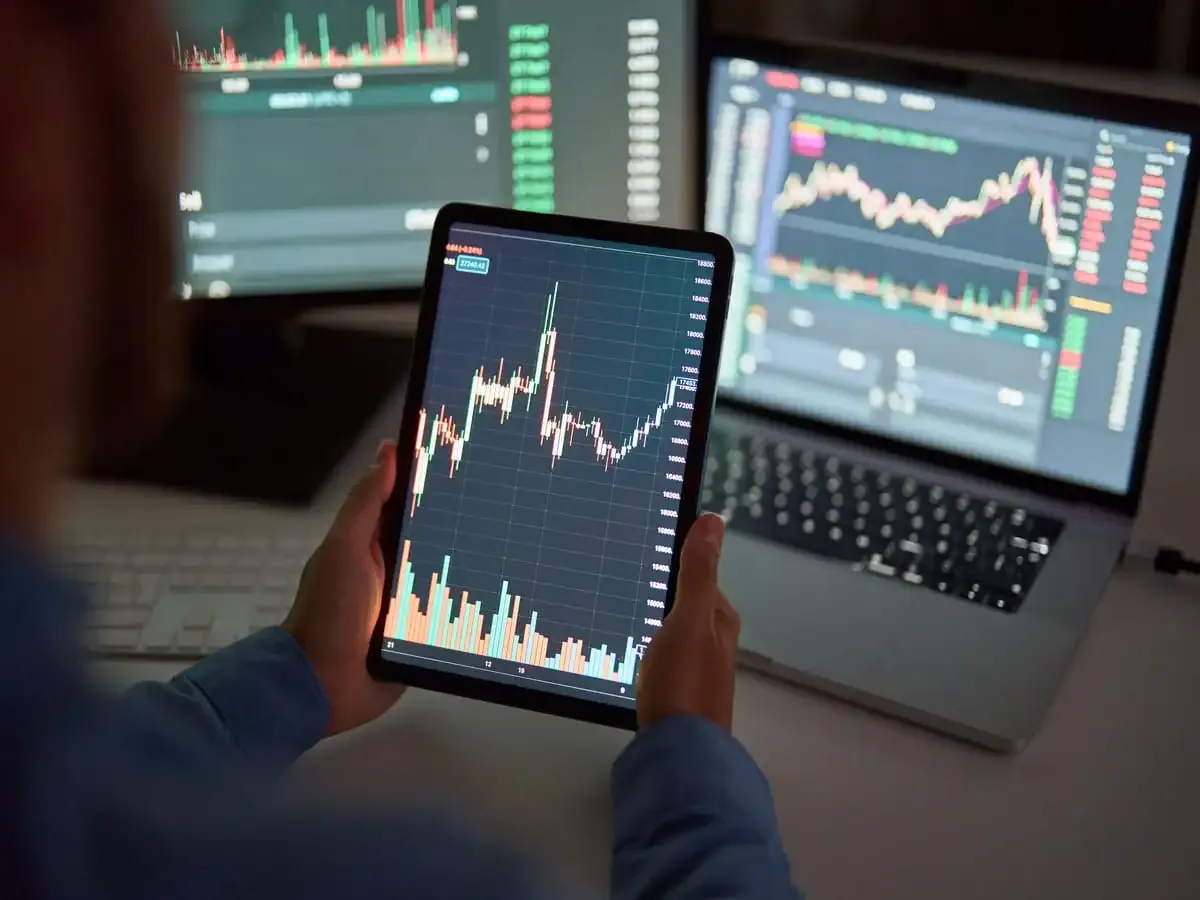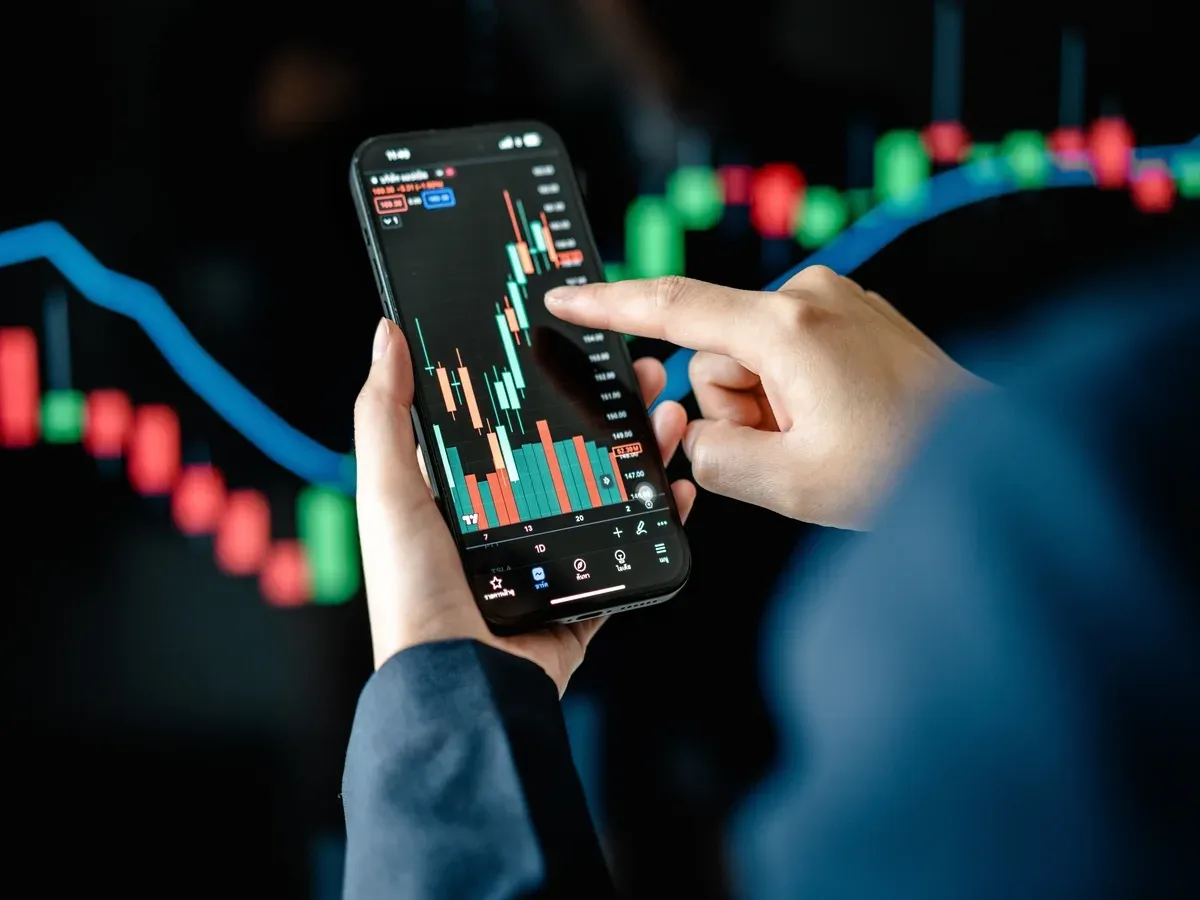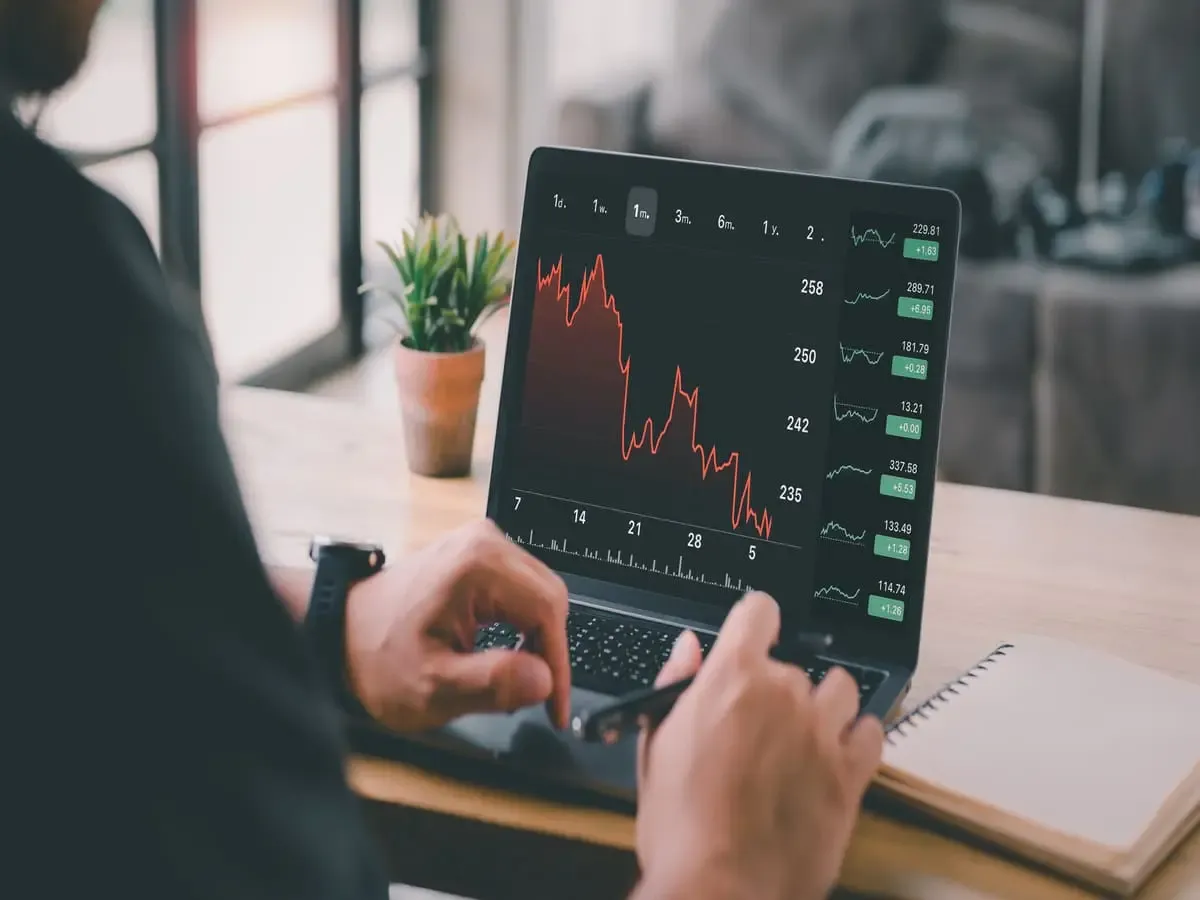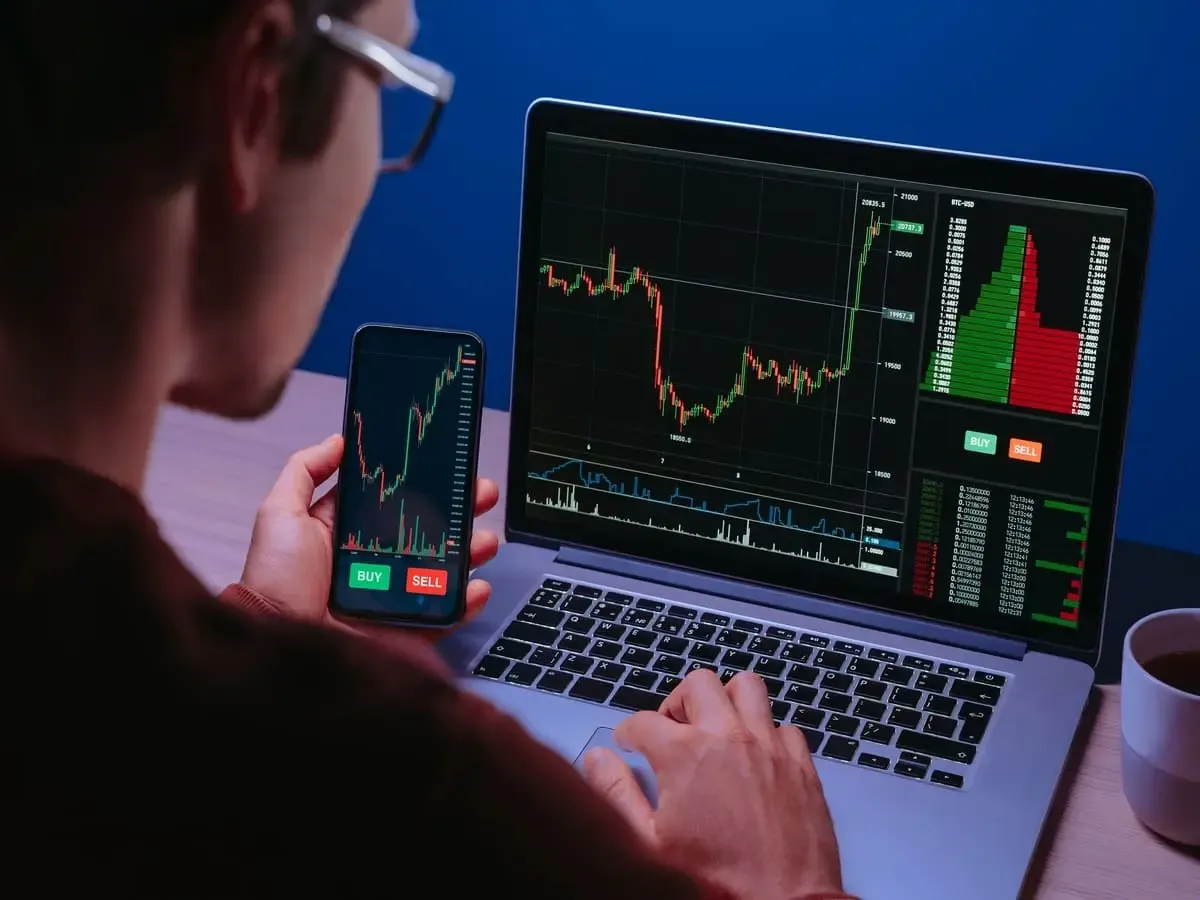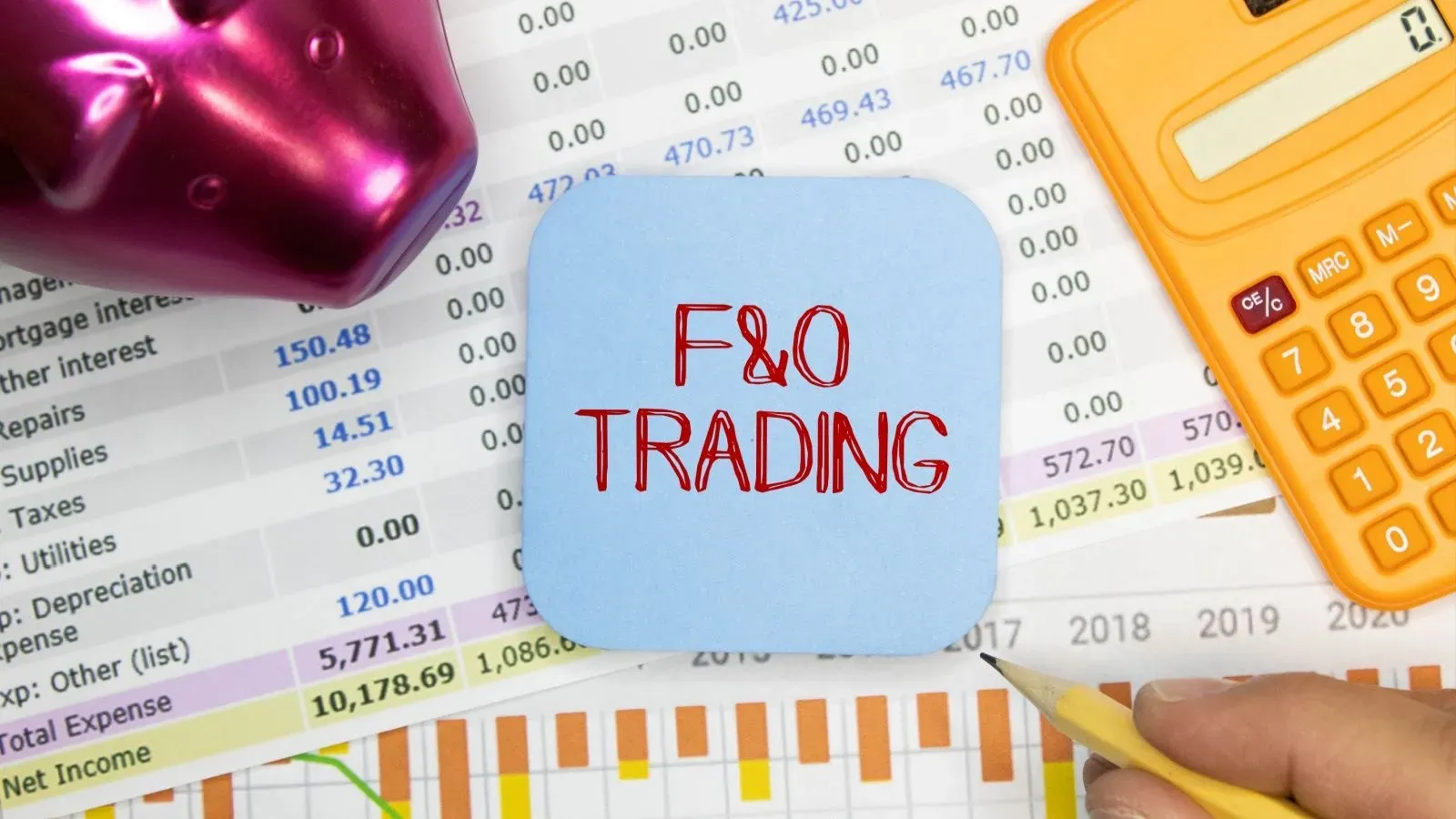What are Forex Options?
Written by Upstox Desk
Published on October 17, 2025 | 5 min read

Ram: Do you know what FX options are?
Vir: Fx options are basically foreign exchange options.
Ram: So it's based on different currencies?
Vir: More specifically on various pairs of currencies.
Ram: On various pairs of currencies? How does that work?
Vir: Let's start from the basics.
What is forex?
Forex or FX simply refers to the foreign exchange market. It is a marketplace for exchanging currencies. It is used to facilitate trade, commerce and finance. Currencies trade against each other as exchange rate pairs.
What are options?
Options refer to standardised derivative contracts that enable the buyer (holder or owner) of the instrument the right to buy or sell the [underlying asset]https://upstox.com/learning-center/futures-and-options/what-is-an-underlying-asset/article-398/) at a predetermined price and quantity on a specified date in the future.
What are forex options?
Forex options or FX options as the name suggests are derivative contracts with currency quotes as the underlying asset. Forex options refer to standardised derivative contracts that enable the buyer (holder or owner) of the instrument the right to buy or sell the currency at a predetermined strike price (i.e. the exchange rate) and quantity on a specified date in the future.
Basic Terminologies used in forex option trading
- Home Currency: Home currency refers to the legal tender in one's own country. For instance, for the currency pair EUR/INR, (INR) Indian National Rupee is the home currency for traders in India and (EUR) Euro is home currency for traders in Europe.
- Foreign Currency: Foreign currency refers to the legal tender used in foreign countries. For instance, for the currency pair EUR/INR, (INR) Indian National Rupee is the foreign currency for traders in Europe and (EUR) Euro is foreign currency for traders in India.
- Forex quote: A forex quote is the price of one currency (base currency) in terms of another currency (quote currency).
- Base Currency: The first currency appearing in a forex quote is known as the base currency.
- Quote currency: The second currency appearing in a forex quote is known as the quote currency.
- Direct quote: In a direct quote, the foreign currency is the base currency and the home currency is the quote currency. An example of a direct quote for the traders in India would be the currency pair EUR/INR, (INR) Indian National Rupee being the home currency is the quote currency and (EUR) Euro being the foreign currency is the base currency.
- Indirect quote: In an indirect quote, the home currency is the base currency and the foreign currency is the quote currency. An example of an indirect quote for the traders in India would be the currency pair INR-EUR, (INR) Indian National Rupee being the home currency is the base currency and (EUR) Euro being the foreign currency is the quote currency.
How to read a quote?
Quote: USD/INR 81.5010
This means that one USD (United States Dollar) is equivalent to 81.5010 Indian Rupee. A quote represents the exchange rate of the base currency in terms of the home currency.
Types of forex options: Call & Put
-
Call option
-
A call option is a derivatives contract that allows the buyer to benefit from an up move in the price of the underlying currency quote.
-
For example, an importer of oil in India will buy a USDINR call option to hedge against the increasing rate of INR per 1 USD. The importer (a buyer) does this to protect himself from the depreciation in the value of INR, so as to stop it from eating into his profit.
-
Put option
-
A put option is a derivatives contract that allows the buyer to benefit from a down move in the price of the underlying currency quote.
-
For example, an exporter of mangoes in India will buy a USDINR put option to hedge against the decreasing rate of INR per 1 USD. The exporter (a seller) does this to protect himself from the appreciation in the value of INR, so as to stop it from eating into his profit.
Forex options trading in India on NSE
On NSE both INR pairs and cross currency options are available for trading.
- Option type: European styled call and put options are traded in India. European style options are those that can only be exercised on expiry.
- Trading hours: Trading hours on NSE are Monday to Friday 9:00 a.m. to 5:00 p.m. IST for both INR pairs and cross currency options.
- Traded in lots: Tick size differs for the currency pairs.
- Expiries available: 11 serial weekly contracts (excludes monthly contract expiring on Friday), 3 serial monthly contracts and 3 quarterly contracts of the cycle March/ June/ September/ December.
- Option Chain: In the forex option chain on NSE one can see that for USDINR and JPYINR quotes, minimum 12 In-the-money, minimum 12 out-of-the-money and 1 near-the-money strikes are available for trading (i.e.25 CE and 25 PE). As for GBPINR and EURINR quotes, minimum 36 In-the-money, minimum 36 out-of-the-money and 1 near-the-money strikes are available for trading (i.e. 73 CE and 73 PE). Strike prices are at the interval of INR 0.25. For all cross currency options, minimum 12 in-the-money, minimum 12 out-of-the-money and 1 near-the-money strikes are available for trading (i.e. 25 CE and 25 PE).
- Initial margin requirement: The margins are charged as per SPAN calculations and from time-to-time exchange also uses other parameters. It is important to remember that SPAN in based on volatility and therefore the SPAN% margin can vary between the pairs
- Premium: Premium is quoted in INR. Premium is to be paid by the buyer in cash on T + 1 day.
- Daily settlement: Daily settlement happens on T+1 basis.
- Final settlement: Final settlement happens on a T+2 basis.
- Mode of settlement: Cash settlement on expiry on T+2 basis.
About Author
Upstox Desk
Upstox Desk
Team of expert writers dedicated to providing insightful and comprehensive coverage on stock markets, economic trends, commodities, business developments, and personal finance. With a passion for delivering valuable information, the team strives to keep readers informed about the latest trends and developments in the financial world.
Read more from UpstoxUpstox is a leading Indian financial services company that offers online trading and investment services in stocks, commodities, currencies, mutual funds, and more. Founded in 2009 and headquartered in Mumbai, Upstox is backed by prominent investors including Ratan Tata, Tiger Global, and Kalaari Capital. It operates under RKSV Securities and is registered with SEBI, NSE, BSE, and other regulatory bodies, ensuring secure and compliant trading experiences.


















